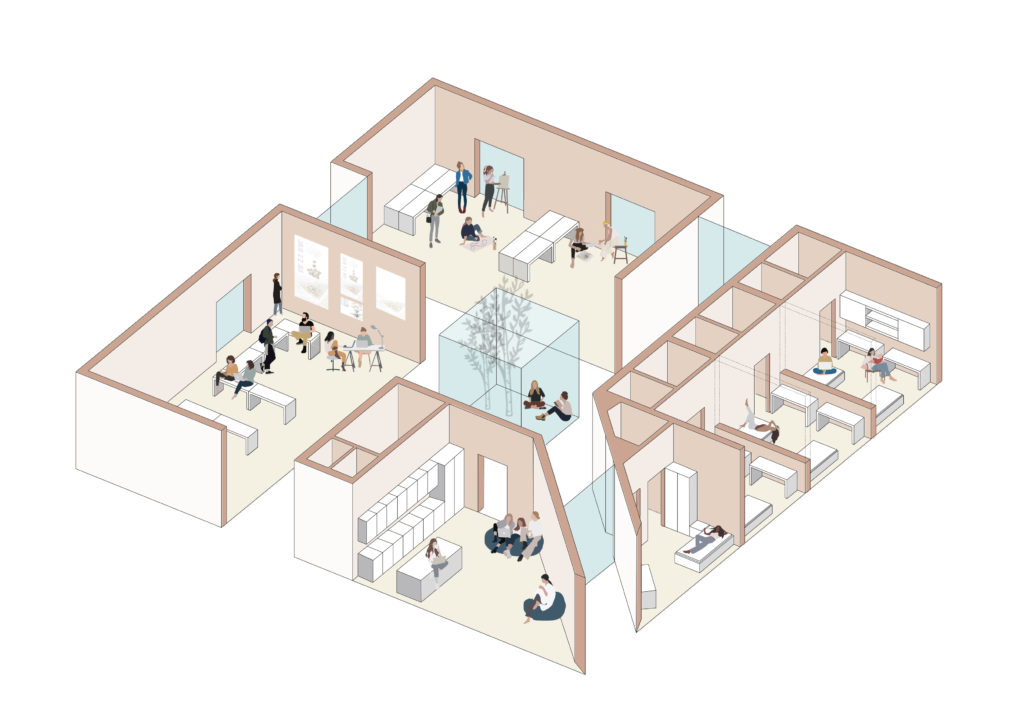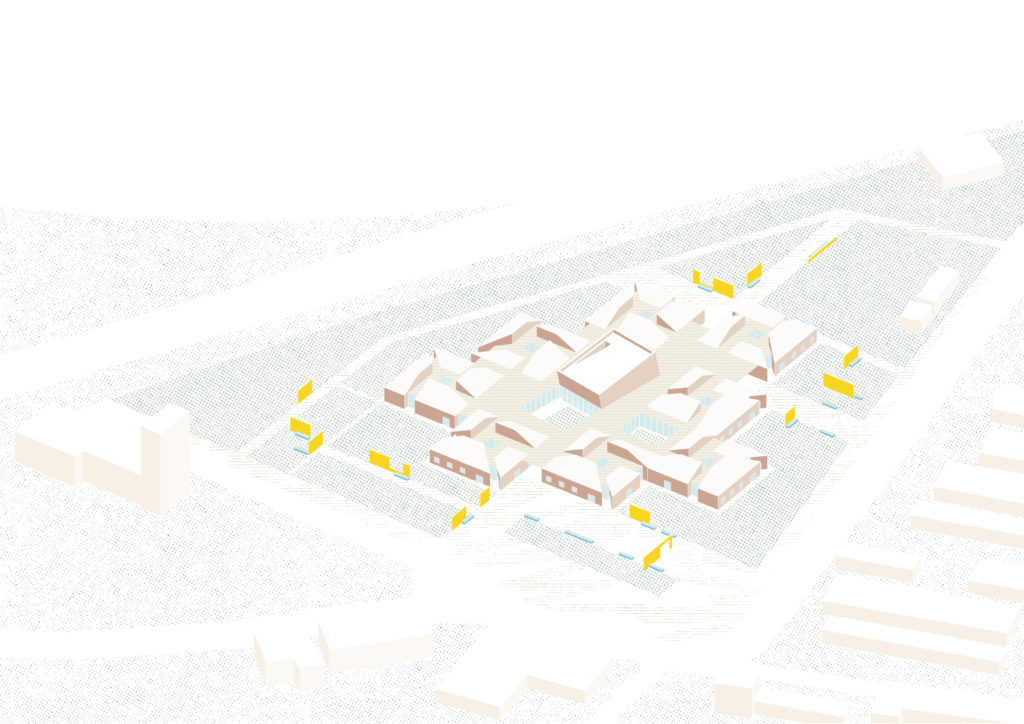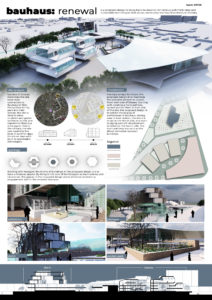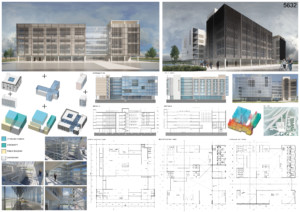#ID5117
As a student in architecture, for a few years now, I’ve gained some first hand experience with all the ups and downs the architectural education has to offer. Now I realize, I’ve been totally lost at some point, both literally (meandering through the labyrinth-like corridors at the university) and figuratively (looking for my own way through the versatile profession of the architect).
My modest experience includes also an alternative side of education – the self organized students’ structures. Based on the belief ‘when there is need, there’s a way’ groups of students question the habitual educational approaches. Often these initiatives – intensive pop-up happenings – are stigmatized for their questionable quality. But it is also true that being massive catalyzers of (even impossible) ideas, it is these initiatives that slowly and almost invisibly reshape the traditional educational practices.
One of the most exciting and also terrifying things in architecture is freedom of choice. What if we weren’t the ‘followers’ but rather the creators of the choice? Would we take the chance to succeed, but also to risk failure? Is it acceptable to follow an idea without having a clue about the ‘final product’?
Thus my project proposal for Bauhaus Campus 2021 questions the status quo. It addresses above all the functional organization of the space and the way the campus works rather than suggesting specific visual perceptions of new architecture.
Architecture is about designing spaces for human activities. However, human nature is very organic and often the use of these spaces surprises even the architects. The project relies on this spontaneity and on the creativity of the students in the campus to use the spaces to share and to experiment.
The design approach is based on co-working and co-existing clusters of the four vital functional units ‘under one roof’. Thus the spatial organization aims to foster both the individual and the team work, both personal and group brainstorming, day and night in a multi-professional learning model.
The architecture of the clusters is inspired from a modest house, yet it provokes with unexpected cuts and combinations. The clusters are connected through a scenario – a metaphorical challenge of orientation. There is no distinct exhibition hall – all the campus is the stage. The campus is not fully defined nor complete – it provides educational and living conditions for the needs of a community of variable character, only defined in its hypothetical capacity of participants included. The campus remains ‘open’ for a change.






